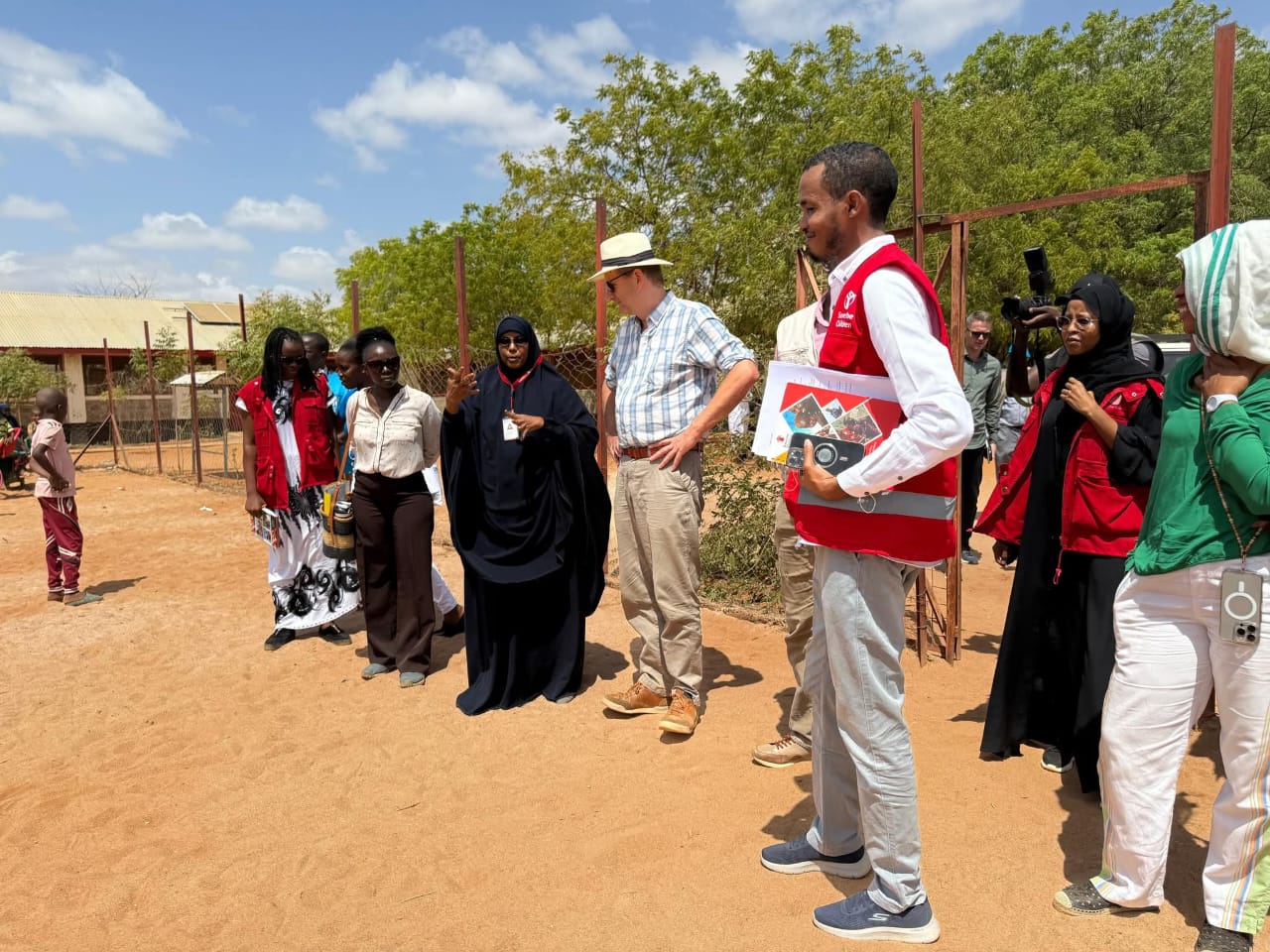The refugee camps of Dadaab and Kakuma, long seen as temporary shelters, are starting to evolve into permanent communities.
On World Refugee Day, a quiet transformation is taking place in northern Kenya to enhance refugees and locals.
The new chapter is driven by the Shirika Plan, Kenya’s bold initiative to promote local integration of refugees with host communities.
The plan aims to turn decades-old camps into open settlements with roads, schools, clinics, and jobs — accessible to everyone.
“We are no longer just managing refugees; we are integrating people into society,” said John Burugu, the commissioner for refugee affairs.
“This is about dignity, development, and long-term solutions.”
In Dadaab, signs of change are visible. Some refugee families are now allowed to move more freely, seek work, and access local services. Small businesses are emerging, run by both refugees and Kenyans.
Over 50 refugee-owned businesses have already been registered with The Garissa Chapter of the Kenya National Chamber of Commerce and Industry (KNCCI) this week.
The Garissa Chapter concluded a targeted membership registration drive in the camps on Friday, aimed at incorporating refugee-owned businesses into its growing network.
One of the major barriers identified is the lack of access to information and formal financial systems.
Many refugee businesses operate informally, making it difficult to access grants and credit facilities, especially since donor organizations are often unable to disburse funds to personal accounts.
To overcome this, the Chamber is encouraging refugee entrepreneurs to register their businesses officially, either through the eCitizen platform or under provisions that allow business registration using alien ID documentation.
The Department of Refugee Services (DRS) is championing an evolving approach to refugee integration and economic inclusion.
John Burugu, Commissioner for Refugee Affairs at DRS, said key highlights include the implementation of Legal Notice No. 143 under the Refugees Act and the Shirika Plan, launched in 2022 to transform camps in Garissa, Turkana, and urban areas into integrated settlements.
This shift, bolstered by the 2024 Refugee (General) Regulations, aims to enhance refugees' access to services and foster collaboration with host communities, as noted in a Refugees International report from August 2024.
Another notable development is the Haba Haba Saving Pension Scheme, a World Bank-backed pilot introduced in 2023 targeting Kenya's informal sector.
According to a 2024 World Bank report, the scheme has achieved a 15% uptake among informal workers in its first year, challenging perceptions of resistance to structured savings among this group.
The Kenya National Bureau of Statistics (KNBS) has integrated refugee data into its household surveys, a move initiated in 2021 to improve statistical accuracy.
A 2023 peer-reviewed study in the Journal of Refugee Studies estimates that refugees contribute approximately 3% to Kenya’s GDP, underscoring their significant economic role.
These reforms, including the Recognition for Prior Learning Policy and SIM Card Regulations (Legal Notice No. 90), signal Kenya’s commitment to inclusive development.
The initiatives also involve coordination with development partners like UNHCR, WFP, and RLOs, as well as the implementation of the IGAD Declaration and the 2023 Global Refugee Forum outcomes.
“Before, we couldn’t even leave the camp. Now I work with local youth in a tailoring shop,” said Abdirahman Ismail, a refugee who fled Somalia 10 years ago.
“We earn together. We eat together. We are becoming one community.”
Kenyan residents, especially those who live around the camps, are also benefiting.
Roads are being repaired. Markets are growing. Government services are reaching areas that were once overlooked.
“When they build a maternal and child health center for both of us, it’s not just helping refugees — it’s helping my children too,” said Halima Ali, a mother of three from Garissa County.
Kenya hosts over 700,000 refugees, mainly from Somalia and South Sudan. For years, many of them lived in isolation.
The Shirika Plan changes that by opening doors to formal education, work, and financial services.
The government says integrating refugees will bring economic gains. New businesses mean more trade. Legal jobs mean more tax revenue. Shared infrastructure means stronger communities.
“We are unlocking potential that has been trapped in camps for too long,” Burugu said.
“These people can contribute — and they will.”
A recent study found that most Kenyans support the idea. 67% agree that refugees should be allowed to work and access financial tools like bank accounts.
Despite the positive steps, some concerns remain. Locals worry about job competition, pressure on services, and security.
“We want development, but don’t forget the locals who’ve had little for decades,” said Peter Ekidor, a resident of Turkana County.
“Integration must be fair,” said Ekidor.
Security concerns have also been raised, especially with past threats from extremist groups. But officials say safety will be maintained and that both refugees and locals will be protected.
International partners like UNHCR and the World Bank are backing the Shirika Plan. The first phase — costing $943 million — will roll out over the next few years.
“Kenya is showing the world that local integration is possible,” said Caroline Van Buren, UNHCR's country representative.
“This is what sustainable refugee solutions look like.”
Back in Dadaab, the feeling is different this year. For once, World Refugee Day is about new beginnings. And not about displacement
“We are not just refugees anymore,” said Fatuma Hussein, a 24-year-old youth activist.
“We are neighbors. We are builders. We are home.”
